I am pretty sure that you must have heard about VR or Virtual Reality. Do you know what is virtual reality? What are its major types, and where is it being used currently? Follow along with this article to find the answer to all such queries about this technology of the future, which has the highest projected potential for development.
What is Virtual Reality?
Virtual Reality (VR) refers to the application of computer technology to build an artificial experience. It is a simulated, three-dimensional environment that allows users to explore and engage with a virtual atmosphere in a fashion that resembles reality as observed by the users’ perceptions.
Although the environment is built using computer hardware and software, users may also need to put on equipment like helmets or goggles to interact with it. The head-mounted display (HMD) is the easiest identifiable element of virtual reality.
Since humans are visual animals, the most significant distinction between immersive VR systems and conventional user interfaces is display technology. HTC Vive, Oculus Rift, and PlayStation VR (PSVR) are all major components of virtual reality.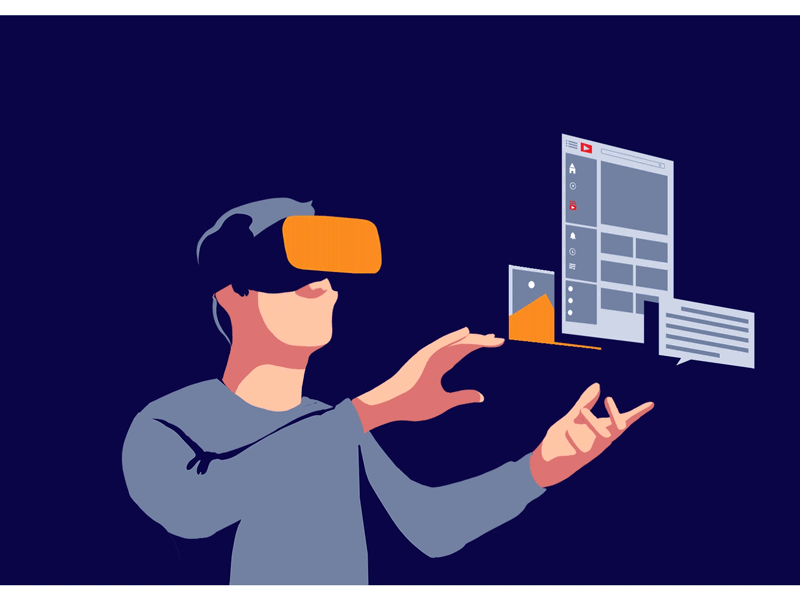
Major Categories of Virtual Reality:
VR technology has advanced significantly in terms of offering genuine sensory engagement and shows potential for commercial usage in a variety of sectors. Three major kinds of virtual reality experiences provide varying degrees of computer-generated reality.
Extended reality(XR) refers to all three varieties of VR, whether non-immersive, semi-immersive, fully immersive, or a combination of them. Let’s have a look at each of the categories:
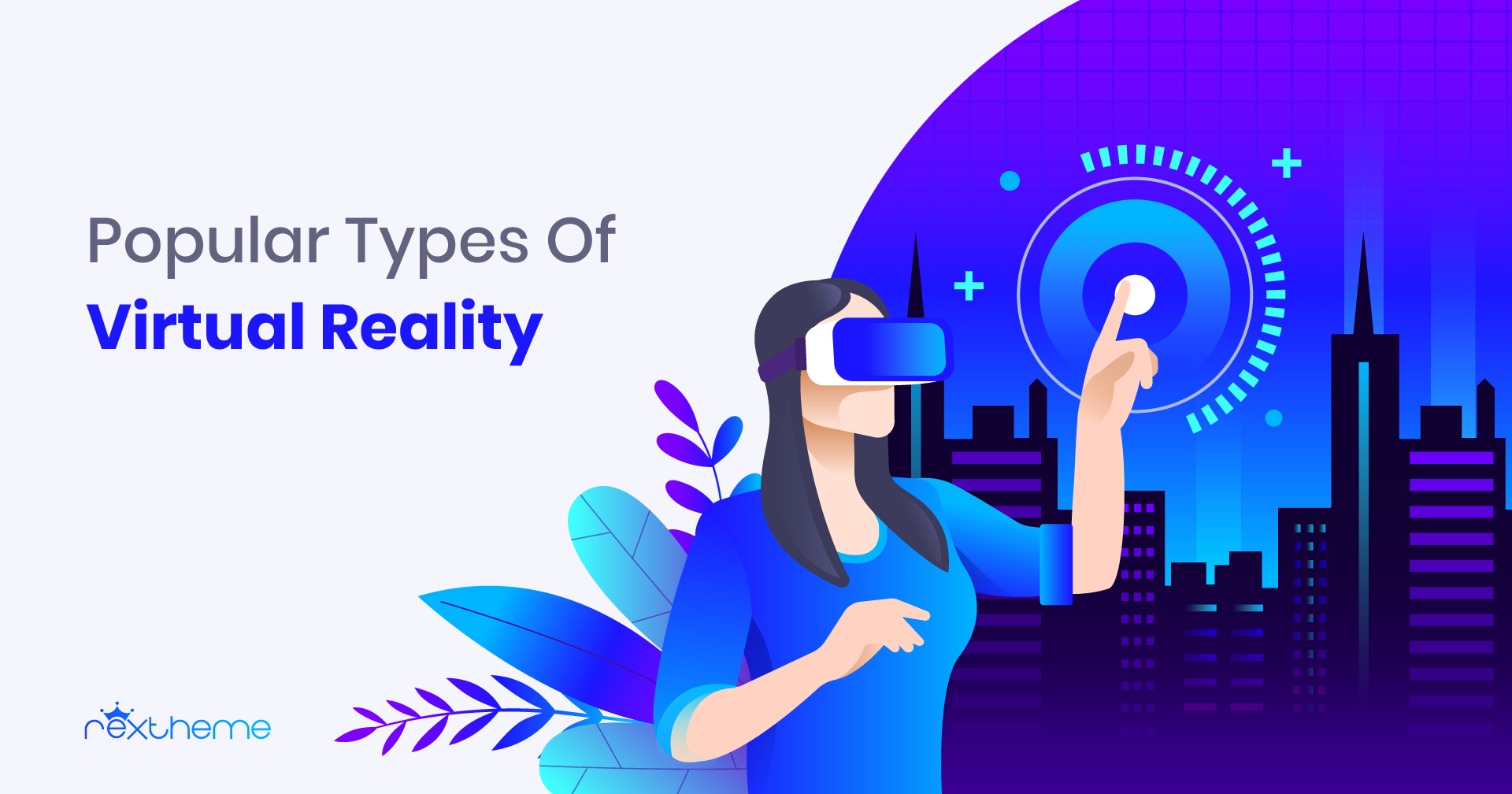
1. Non-Immersive VR:
This sort of virtual reality often refers to a 3D simulation viewed via a computer screen. Depending on the software, it may also produce some sound. The user can manipulate the virtual world via a keyboard, mouse, or any other device, but the environment does not interact with the user directly. Some examples of non-immersive VR are video games, a website that allows a user to customize the interior of a room. Etc.
2. Semi-Immersive VR:
This form of VR provides a partly virtual experience that may be accessed via a computer screen glasses, or a headset. It is primarily concerned with the visual 3D part of virtual reality and does not include physical mobility in the same way that full immersion does. The flight simulator, which is used by airlines and the military to train its pilots, is a popular example of semi-immersive VR.
3. Fully Immersive VR:
Fully Immersive VR provides the most immersive virtual reality experience, totally immersing the user in the simulated 3D environment. It combines vision, sound, and, in certain situations, touch as well. Some attempts have even included the addition of scent. Users interact with the environment while wearing specific equipment such as helmets, goggles, or gloves.
Treadmills or stationary bicycles may be included in the environment to offer users the sense of moving across 3D space. Completely immersive VR technology is still in its development phase, but it has made significant inroads into gaming and, to a lesser extent, healthcare industries. Car racing games are an example of immersive virtual reality since they give the player a sense of speed and dexterity.
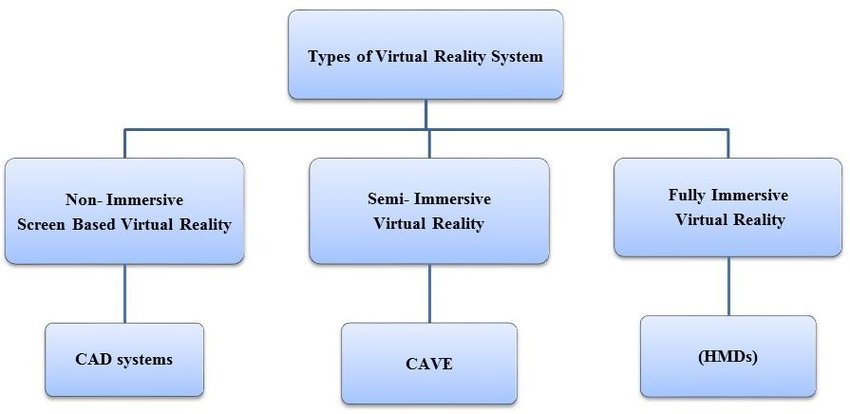
Applications of Virtual Reality:
Which industries are now utilizing virtual reality? Some of the fields that have already benefited from this technology are medicine, culture, education, and architecture. Virtual reality enables us to traverse barriers that would otherwise be unthinkable, from narrated museum tours to the dissection of a muscle.
1. Healthcare:
Patients, healthcare professionals, and researchers might all gain from virtual reality in the field of healthcare. VR, for instance, has the potential to cure conditions like anorexia, anxiety, or post-traumatic stress disorder (PTSD). Indeed, when working with patients to clarify diagnosis or treatment choices, doctors might be able to employ this technology. Those with certain physical limitations can also potentially benefit from VR.
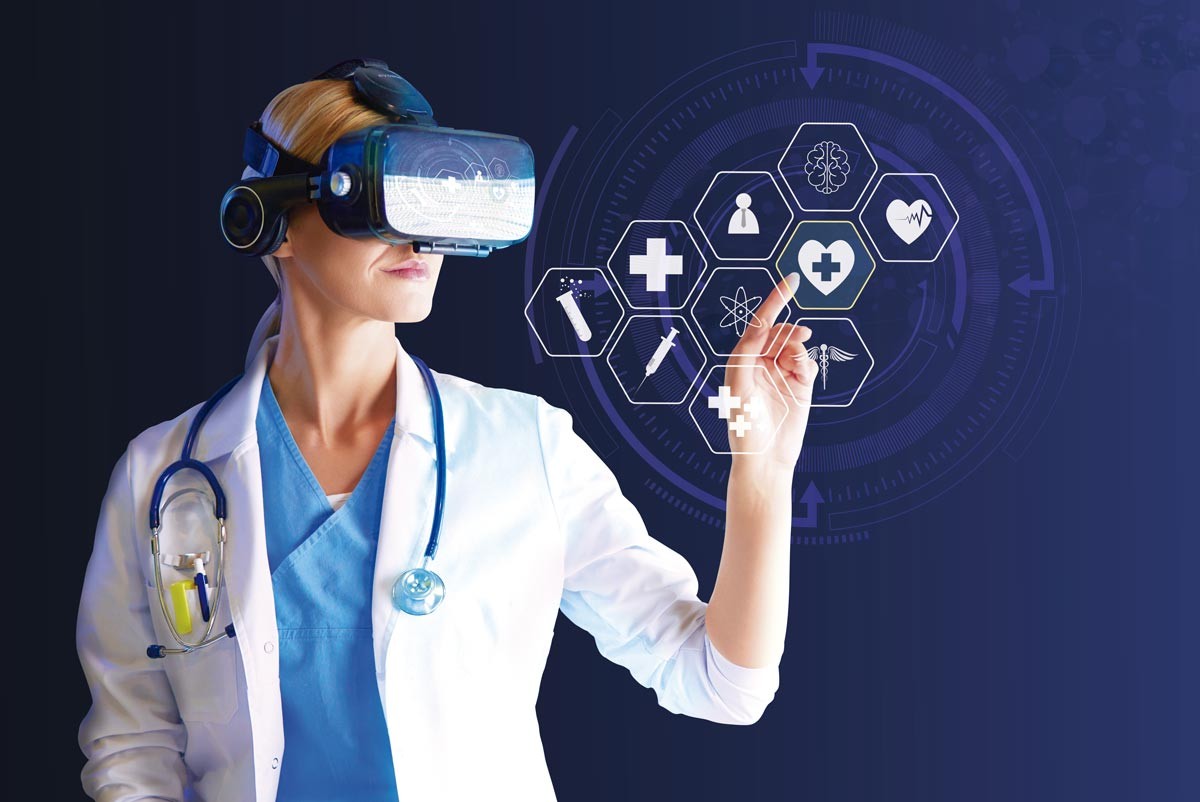
2. Entertainment:
VR already has a good influence on gaming. It also has the potential to alter the film and television industries by giving viewers an immersive experience that actively involves them in the action. VR might potentially spark a new sector in virtual tourism, allowing people to visit locations they might never be able to visit in person.
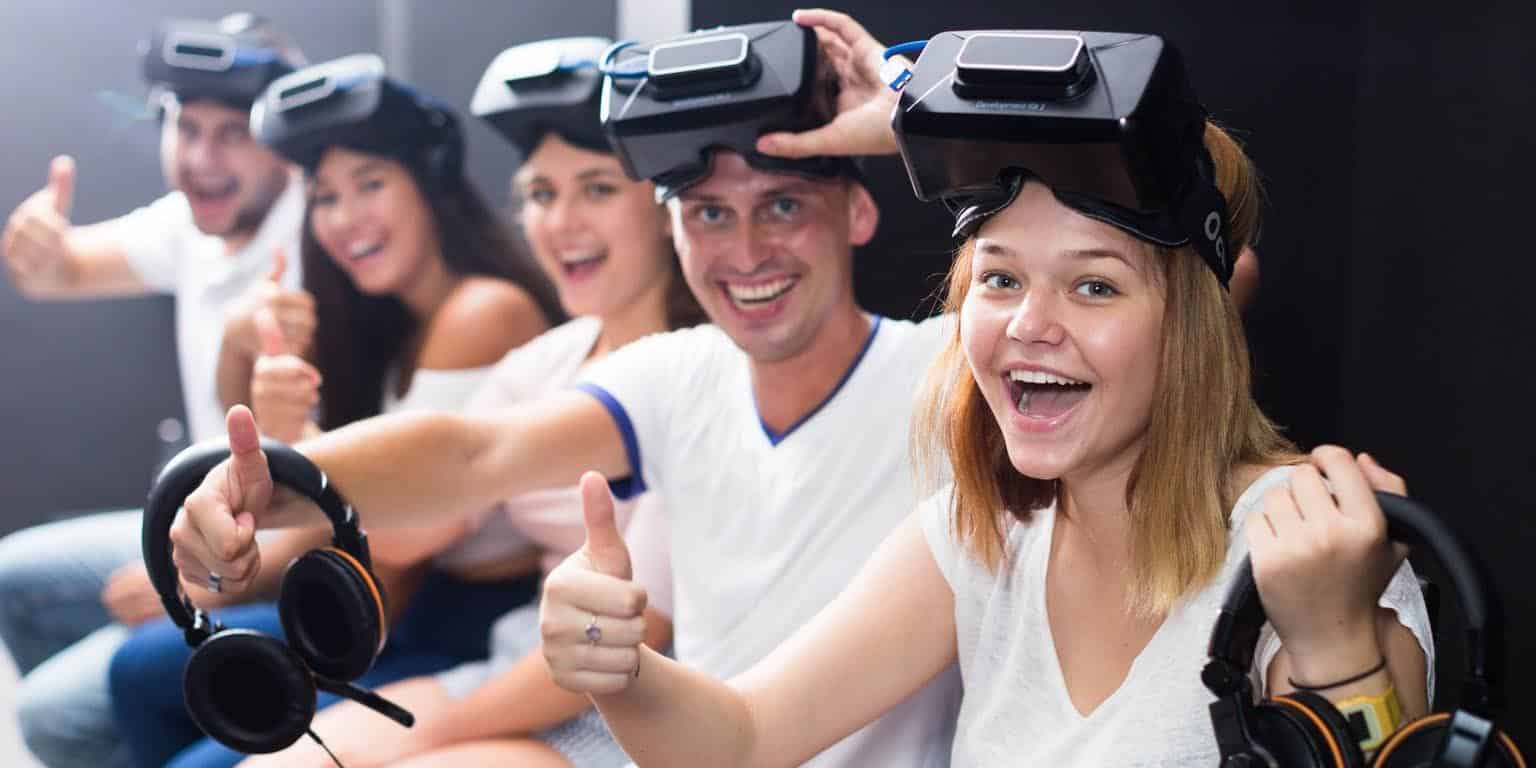
3. Training:
Employee training is one of the most obvious applications of VR. The use of a headset is currently required, but it may also be done on-site or at home. The ability to put an employee in the shoes of others (whether coworkers or customers) provides a one-of-a-kind experience that would not be possible otherwise. As technology advances, this will become a vital tool in all business training, including complicated decision-making circumstances.
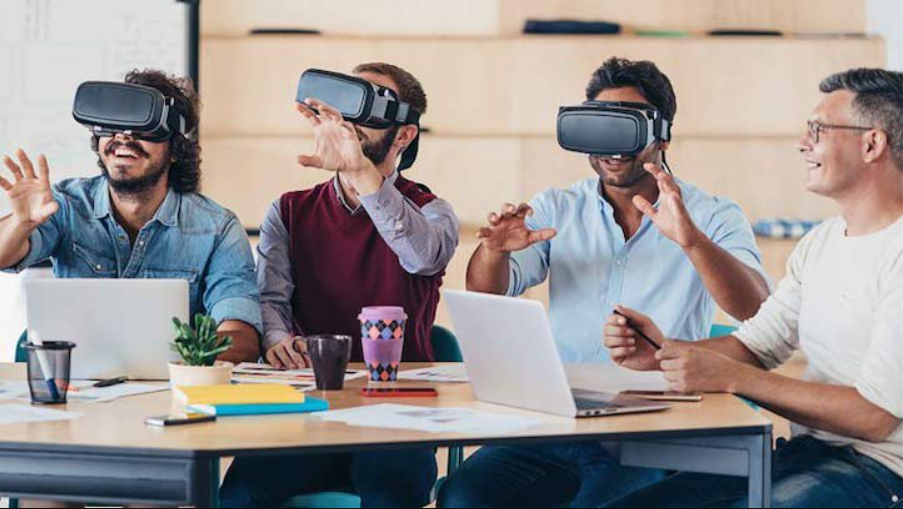
4. Education:
VR provides educational institutes with innovative teaching and learning approaches. It may provide students with personal access to situations that are otherwise unreachable, while also keeping them interested in the learning process. Traditional teaching methods and texts are frequently inadequate for kids with special needs.
Students have become more receptive and engaged after the introduction of VR in their classrooms. Teachers at Charlton Park Academy in London employ immersive technology to better meet the requirements of their students. A history teacher, for example, might utilize VR to demonstrate directly what life was like in ancient Greece or China.
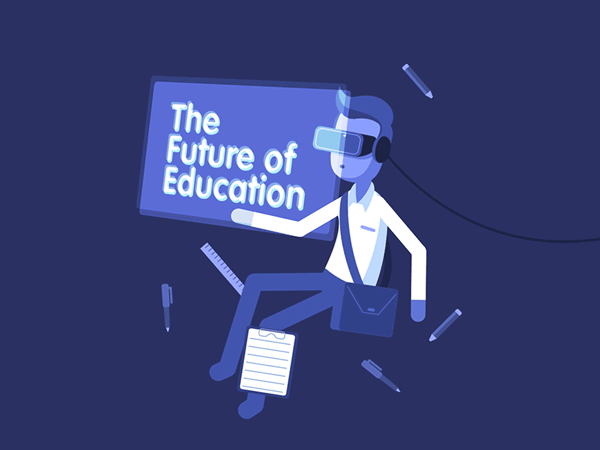
5. Gaming:
VR gaming refers to a new generation of computer games that employ virtual reality (VR) technology to provide players with a genuine, realistic, first-person vision of gaming. VR gear and peripherals, such as VR headsets, sensor-equipped gloves, hand controllers, and more, allow participants to both experience and impact the gaming environment. Virtual reality games may be enjoyed on standalone systems, dedicated gaming consoles, or powerful laptops and PCs capable of powering major VR devices such as the Oculus Rift, HTC Vive, etc.
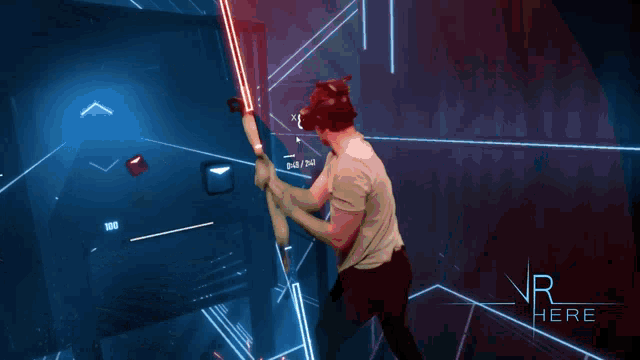
End Note:
Virtual reality is no longer science fiction. It is a part of our present, and it will lead to advancements that will influence the future in the upcoming years. The most recent 5G standards potentially present highly intriguing possibilities for VR growth. This standard will enable the connection of more devices and bigger user communities. Further, its very undetectable latency will allow users to get pictures in real time, almost as if they were viewing them with their own eyes. In this article, we covered: what is virtual reality, the three main types of virtual reality, and some of its important applications.